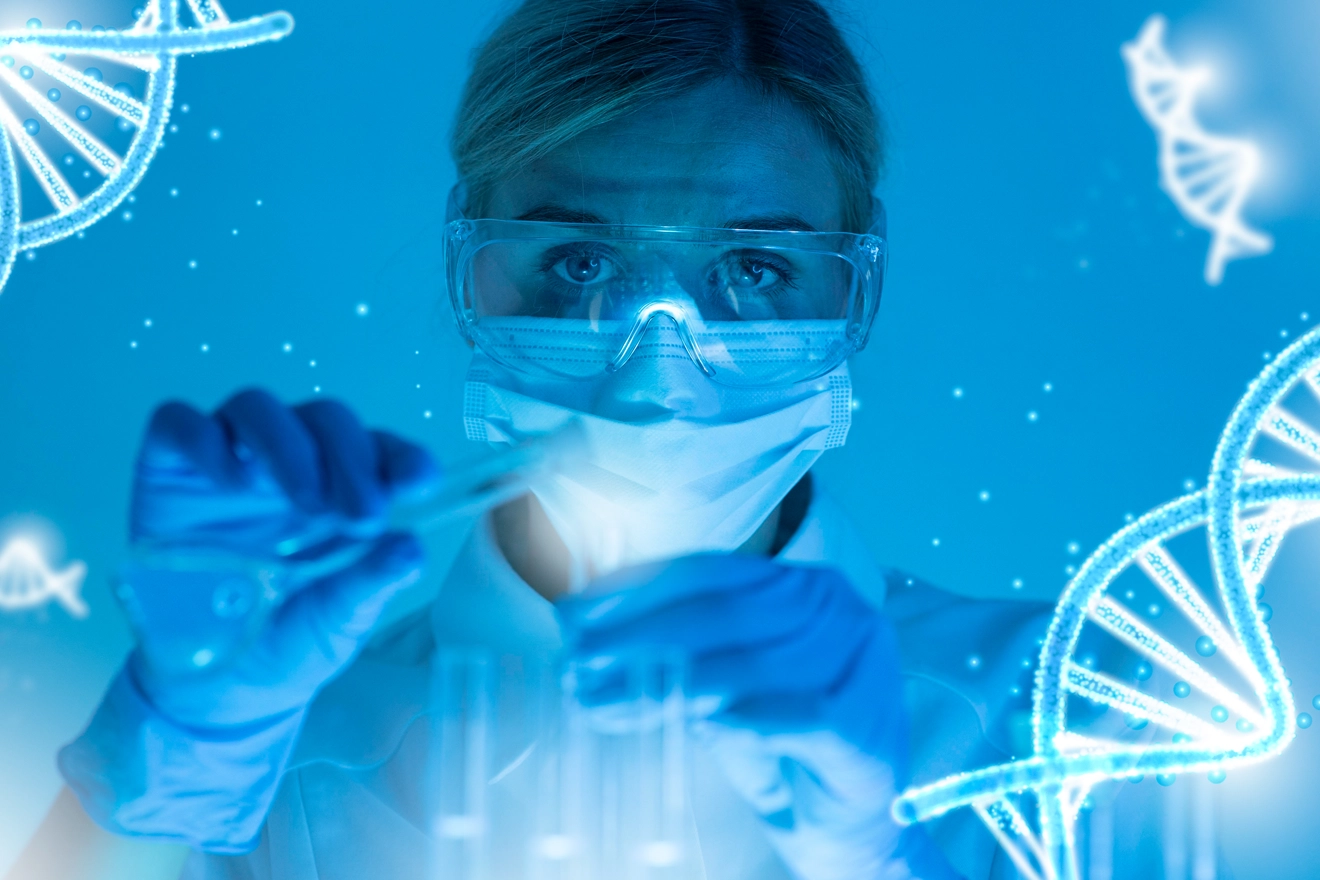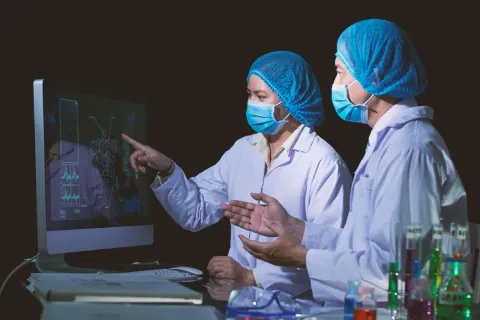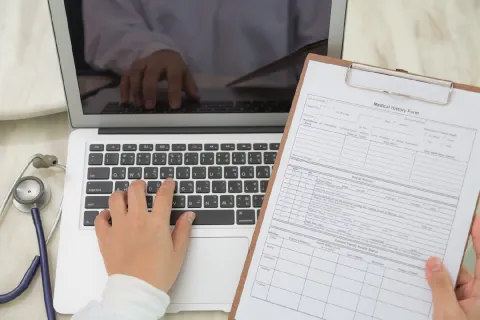
Biological medicinal products have become the promising solutions in the prevention and treatment of several life-threatening, chronic diseases and health conditions. Realizing this scope, several pharmaceutical companies are venturing into producing biological products like never before. But, with the Food and Drug Administration's (FDA’s) special attention towards approvals of Biological License Application (BLA), the need of the hour for manufacturers is to get through with the right approach while filing. How should they go about? What does it involve? How should the applicants go about?
What should the applicants know about?
FDA 356h and Necessary Information
BLA applicants must submit Form FDA 356h to the Centre for Biologics Evaluation and Research (CBER). The application can either be in paper or eCTD format. It should contain the information on pre-clinical, clinical data, manufacturing facility information, draft labeling of the product, validation criteria of important processes, case reports, etc. But before submitting a BLA, applicants should consider about few details such as:
Review Timeline
As per the Prescription Drug User Fee Act (PDUFA), the FDA agreed to review the majority of BLAs within 10 months of 60 day filing and for the priority submissions it has been cut down to 6 months of 60 day filing date.
The BLA Submission and Meetings Involved
Pre-submission Meeting and Application Submission
Before submitting a BLA, applicants should identify a review committee and arrange a meeting with the FDA and also should schedule a bioresearch monitoring inspection, so as to take into consideration the schedule and the needs of an advisory committee.
Mid-Cycle Meeting
It’s a clear-cut informative meeting which provides the status of the review. This meeting will cover up informative requests (IRs) regarding additional information and Discipline Reviews (DR) to convey information about deficiencies.
Late-Cycle Meeting
The Late-Cycle meetings provide the FDA with an opportunity to proactively communicate its interim assessment and major deficiencies in the BLA. This is indeed a great opportunity for the applicant to obtain a preliminary understanding of the status of the application review process and also offer additional information to clarify some of the reviewer’s concerns about the BLA.
Wrap-up Meeting
This is generally conducted after 8 months of the submissions and it aims at finding resolutions for outstanding issues if any. Also, it triggers the necessary Regulatory action to be taken.
FDA Official Action
Once the complete review of the BLA is finished, the committee will meet and identify any issues, agreements, and other commitments. However, if the FDA approves the BLA, it will issue an approval letter which certifies that the biological product is safe, pure and potent, and the manufacturing facilities are compliant.
With the vast review timelines and proposed meeting setups with the FDA, with the extensive list of documents involved and with complex submission mandates, there might be chances for inadequacies like missing out on necessary information, lack of evidence of the assay robustness, etc. In addition, evolving Regulatory aspects associated with BLA submissions play a spoilsport if they are overlooked. The best way to address these is to be associated with dedicated partners with years of expertize offering steadfast Regulatory assistance for Biological and Biosimilar products.









